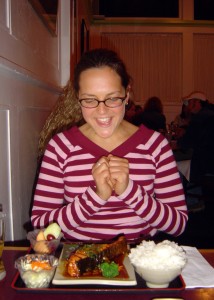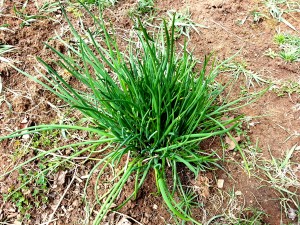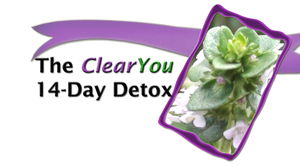For a few years now, I’ve been working to build my health coaching practice while at the same time, furthering my education in the fields of functional medicine, nutrition, intuitive eating, and personal development. I realized a long time ago that as long as I continue to wake up breathing, I’ll continue to learn and so I’ve committed myself to a lifetime of education, both formally and informally.
My education and work history has taken a very unconventional path, from working in a corporate position for many years, to over a decade as a research scientist, a science editor, and now a health coach building my own business. At one point I remember thinking, ‘My work history is so strange, who would ever hire me if I decided to look for a job?”
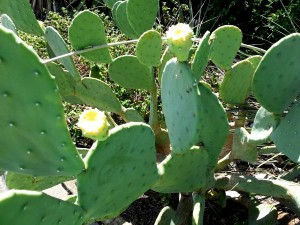 Looking at how far I’ve come, though, I recently discovered that I’ve taken some major steps and that I’m ready for more and as much as I’ve stepped out of my comfort zone in the past, it was time to do it again at a bigger level. It’s amazing that when you ask the powers that be for opportunities that you really are ready for, they show up.
Looking at how far I’ve come, though, I recently discovered that I’ve taken some major steps and that I’m ready for more and as much as I’ve stepped out of my comfort zone in the past, it was time to do it again at a bigger level. It’s amazing that when you ask the powers that be for opportunities that you really are ready for, they show up.
And one that I’ve decided to take is a position with Ruthie Harper, a functional medicine doctor in Austin, TX. I immediately felt a rapport with Ruthie over the phone and after visiting her and her practice in Austin a few weeks ago, I instantly knew I wanted to join her group. She’s one of the top thyroid doctors in the state of Texas and we share many of the same philosophies about health, diet, exercise, and so much more! And, ironically, she was looking for someone with my skill set.
I’m excited about this move and my new position where I’ll be seeing patients and getting out into the community to help build her medical practice. In fact, my role with her will actually be very similar to my role in my own coaching practice. And the education I’ll gain working with her will be phenomenal.
One of my long-term goals has been to move to a warmer climate because as much as I love snow, and the seasons in New England, I’m becoming less of a fan of the long winters inside. I have to admit, though, that Texas had never occurred to me. However, after visiting Austin and talking to people about the move, I realize that I’m probably the only person on Earth that didn’t know how cool Austin is. After visiting, though, I got to see for myself. For example, the original Whole Foods is in downtown Austin. It’s rebuilt and easily the largest grocery store I’ve ever been in. It will take me weeks to get through the place. And there’s lots of live music, natural springs, hiking, and bats : )
So since making the decision to take the position, needless to say I’ve been busy packing and getting ready for the big move. After living in CT for most of my life, most of my moves have involved transporting unpacked boxes from one location to another. But after spending almost four months in Rwanda with only two suitcases, I realized how little ‘stuff’ I need or want.
I decided I’m not taking anything I don’t need or love and so I’ve been knee deep in the minutia of going through every nook, cranny, and item, like boxes of old paperwork, photos, and clothing, etc.
I’ve sold or given away all my furniture, had a tag sale, and donated clothing to The Village for Families and Children. At this moment, everything I own, including my clothes, could probably fit in seven or eight plastic bins. And I’m still thinking about whether I really want or need some of it. In a couple of weeks, I’ll be driving down to Austin with clothing, a few kitchen items, my computers, my juicer, and my daughter who will join me on the trip before heading home to California.
Am I nervous, scared, worried? Maybe I should be a little bit of something, but in some ways, I’ve never been more grounded in my decision and ready for this adventure and new phase of my life. As far as my health coaching practice, I’ll continue to see clients, especially by phone or Skype, which is how I work with the majority of my clients now, including several that are continuing on with me.
I’ll continue to send out my newsletter, less frequently, and will still offer my detox programs that can be found on my site. If there’s anyone you feel that I should meet in Austin, by all means let me know! I’m looking forward to meeting people and getting to know the city and all it has to offer.


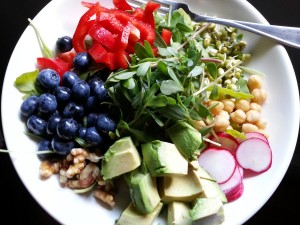
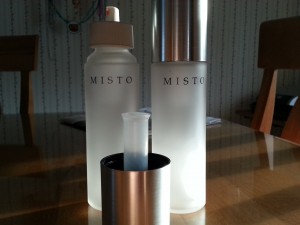



 Author Michael Pollan just published a new book entitled Cooked that was inspired by some burning questions he had, such as, “What’s one of the most important things we can do as a family to improve our health and well-being?” Or, “What can we as individuals do to transform our food system?” [That is becoming ever more industrialized, is eliminating our self-sufficiency, and is having a strong, negative impact on our health]. His answer, as the title of his book suggests, is to get into the kitchen and cook.
Author Michael Pollan just published a new book entitled Cooked that was inspired by some burning questions he had, such as, “What’s one of the most important things we can do as a family to improve our health and well-being?” Or, “What can we as individuals do to transform our food system?” [That is becoming ever more industrialized, is eliminating our self-sufficiency, and is having a strong, negative impact on our health]. His answer, as the title of his book suggests, is to get into the kitchen and cook.